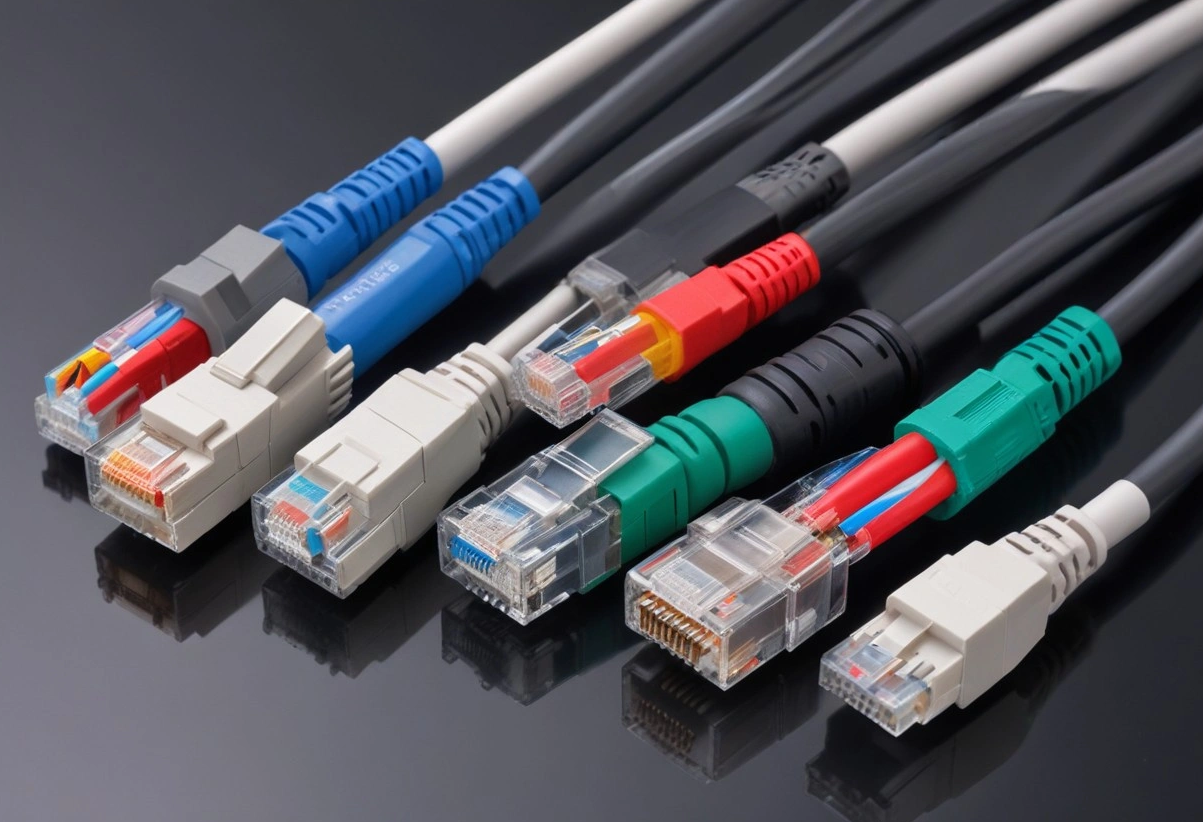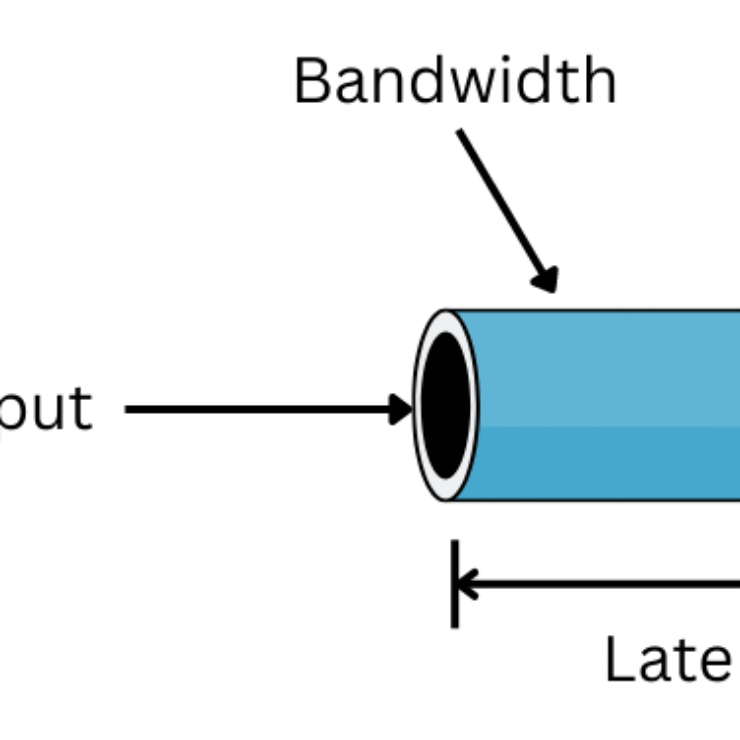In the world of networking, cables and connectors are the essential mediums through which data travels. Understanding the different types helps in choosing the right components for speed, durability, compatibility, and overall network performance. This blog explores all the major types of networking cables and connectors, including their descriptions, production materials, eco-friendliness, quality, usage, data capacity, history, comparisons, advantages, disadvantages, and more.
1. Twisted Pair Cables
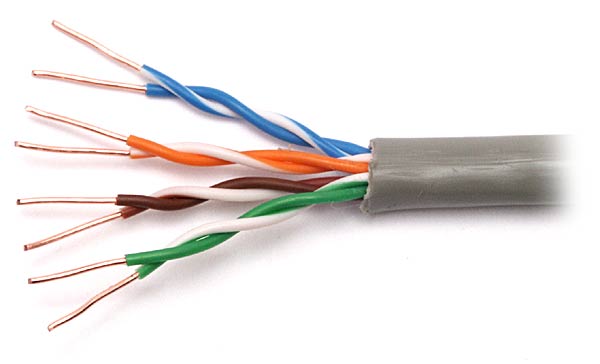
Twisted pair cables are the most commonly used cables in local area networks (LANs). They consist of two insulated copper wires twisted together to minimize electromagnetic interference. These cables come in two main types: UTP (Unshielded Twisted Pair) and STP (Shielded Twisted Pair). They are further categorized into performance standards like Cat3, Cat5, Cat5e, Cat6, Cat6a, Cat7, and Cat8. For example, Cat5e supports speeds up to 1 Gbps, while Cat6 can handle up to 10 Gbps. These cables are primarily used to connect computers, switches, and routers. Made with copper conductors and PVC or LSZH (Low Smoke Zero Halogen) jackets, they are partially recyclable, especially LSZH types. Twisted pair cables were first used in telephony and adapted for Ethernet in the 1980s. Their affordability, simplicity, and compatibility with Power over Ethernet (PoE) make them ideal for small to medium networks, though UTP types are prone to interference.
2. Coaxial Cables
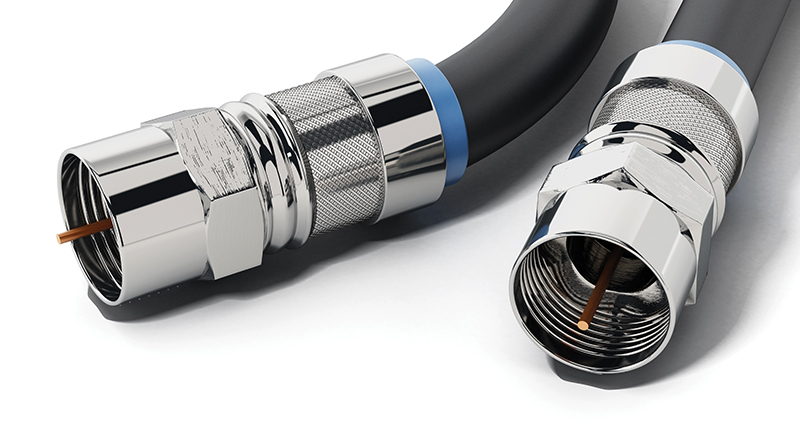
Coaxial cables feature a central copper conductor surrounded by an insulating layer, a metallic shield, and an outer protective cover. Types include RG6, RG59, RG11, and older Ethernet variants like Thicknet (10BASE5) and Thinnet (10BASE2). These cables were developed in the 1930s and became widespread in early Ethernet networks and cable television (CATV). Today, they are mostly used in CCTV systems, broadband internet, and satellite setups. With transmission speeds ranging from 10 Mbps to 100 Mbps, coaxial cables offer good shielding and performance over long distances. However, they are bulky and more difficult to recycle due to their multi-layer construction, making them less eco-friendly than modern alternatives.
3. Fiber Optic Cables
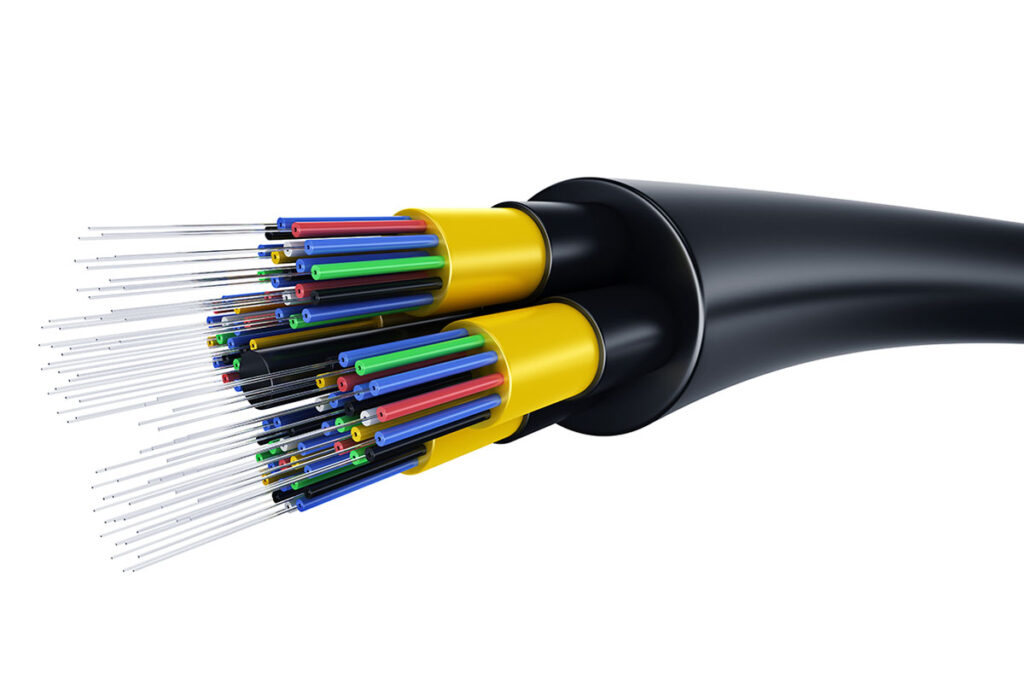
Fiber optic cables transmit data as light through ultra-thin strands of glass or plastic fibers. There are two primary types: Single-Mode Fiber (SMF) for long-distance, high-speed data transfer, and Multi-Mode Fiber (MMF) for shorter-range applications. Variants include simplex, duplex, armored, and ribbon fiber cables. Fiber cables are widely used in data centers and Internet Service Provider (ISP) backbones due to their ability to carry signals at speeds of 100 Gbps or higher. These cables consist of optical fiber cores, protective Kevlar reinforcement, and plastic jackets. While energy-efficient and immune to electromagnetic interference, they are difficult to recycle. Fiber optic technology was introduced in the 1970s for military and telecom applications and remains the fastest and most reliable transmission method today, though it is costlier and requires skilled installation.
4. USB and Thunderbolt Cables
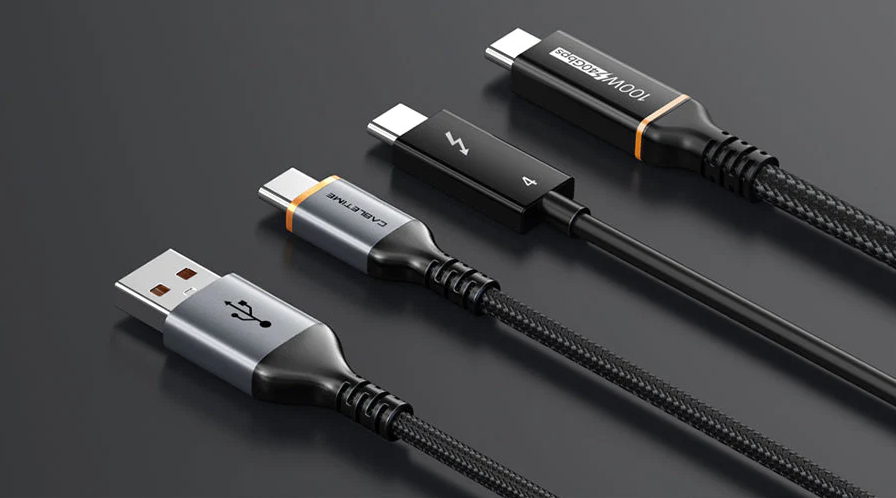
Universal Serial Bus (USB) and Thunderbolt cables are mainly used for data transfer and device charging but can also support limited networking functions. Common types include USB 2.0, USB 3.0/3.1/3.2, USB Type-C, and Thunderbolt 3 and 4. Thunderbolt 4 supports speeds of up to 40 Gbps, while USB 3.2 can reach 20 Gbps. These cables are made from copper wiring encased in plastic insulation, sometimes with metal shielding. While many components are recyclable, their shorter lifespan contributes to e-waste. USB was introduced in 1996, and Thunderbolt was developed by Intel and Apple in 2011. These cables are known for their plug-and-play ease and universal compatibility but are not designed for full-scale networking infrastructure.
5. HDMI and DisplayPort Cables (with Ethernet)
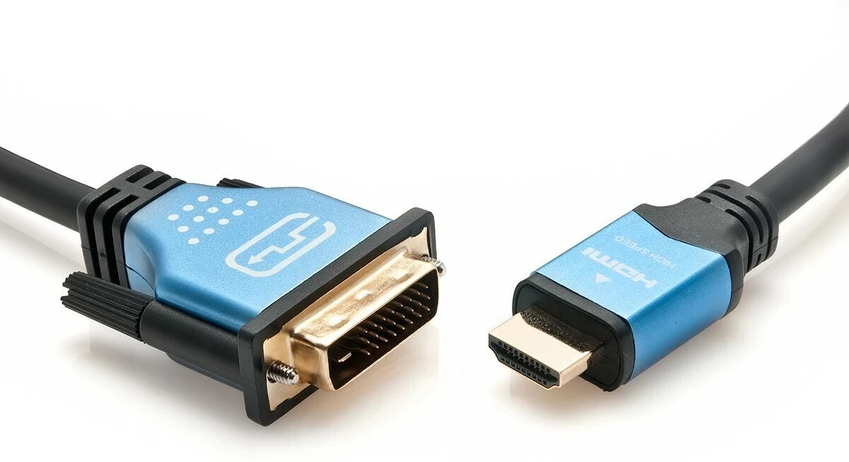
HDMI and DisplayPort cables are designed primarily for transmitting high-definition audio and video signals, but advanced versions also support Ethernet over HDMI. HDMI 2.1, for instance, offers data transfer rates up to 48 Gbps. These cables are typically used in smart TVs, multimedia systems, and home entertainment setups. They contain copper wiring and often include gold-plated connectors for better conductivity. While functional and convenient, they are non-biodegradable and not commonly used for core networking. However, their versatility in multimedia environments makes them useful in specific networking-adjacent scenarios.
6. Serial and Parallel Cables
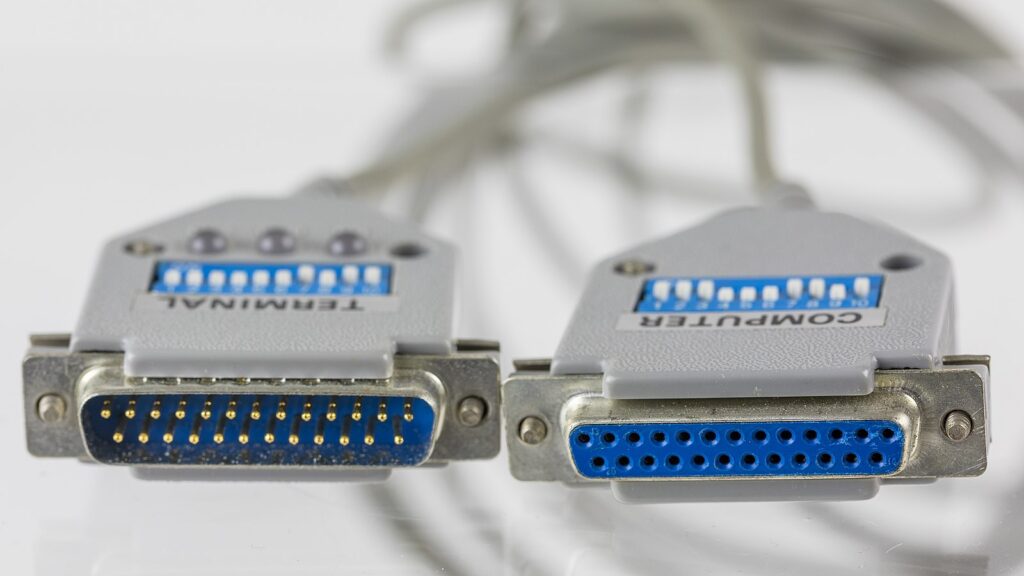
Serial and parallel cables, including RS-232, DB9, and DB25, were once standard for connecting peripheral devices and configuring network hardware. Introduced in the 1960s, these cables were instrumental in early computer communication. They are now primarily used for console access to older routers and switches. Operating at speeds up to 115 kbps, they are significantly slower than modern standards. Though obsolete for most networking tasks, they remain useful for legacy device configuration and low-speed tasks.
7. Telephone Cables (RJ11, RJ12)
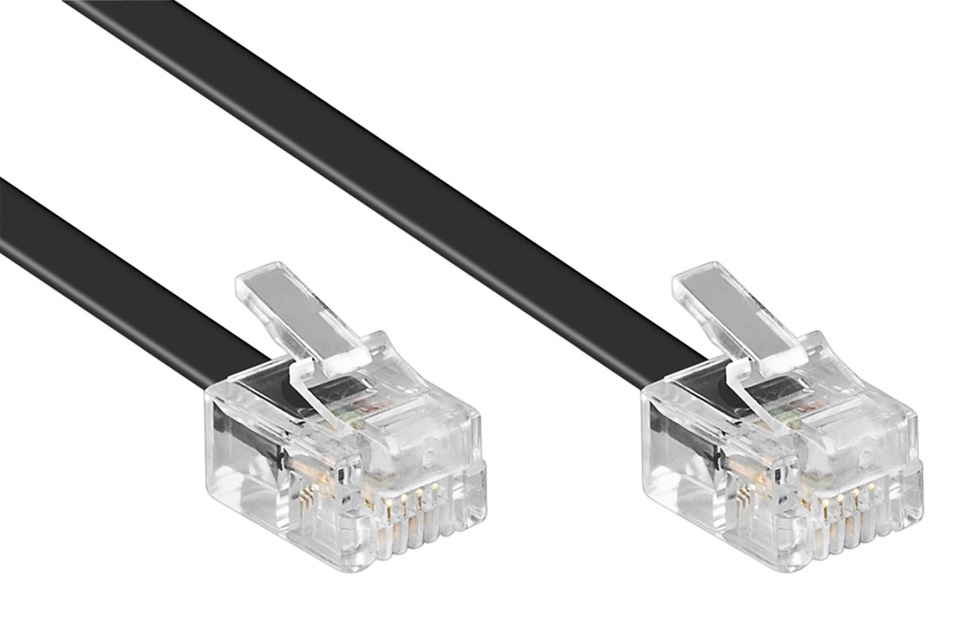
Telephone cables like RJ11 and RJ12 were traditionally used for voice communication and DSL internet connections. Composed of copper pairs and plastic insulation, these cables are inexpensive and easy to install. However, they offer limited bandwidth and are highly susceptible to interference. DSL services using these cables offer lower speeds compared to fiber or Ethernet. As modern networking has shifted toward faster alternatives, telephone cables are now mostly seen in legacy installations.
8. Power over Ethernet (PoE) Cables

Power over Ethernet cables are standard Ethernet cables (like Cat5e or Cat6) designed to deliver both data and electrical power. They are especially useful for powering IP cameras, wireless access points, and VoIP phones without requiring separate power lines. PoE cables can deliver up to 100W of power along with data speeds up to 10 Gbps depending on the cable category. This integration reduces wiring complexity and cost, although power loss over long distances and compatibility limits can be concerns.
9. Straight-through and Crossover Ethernet Cables
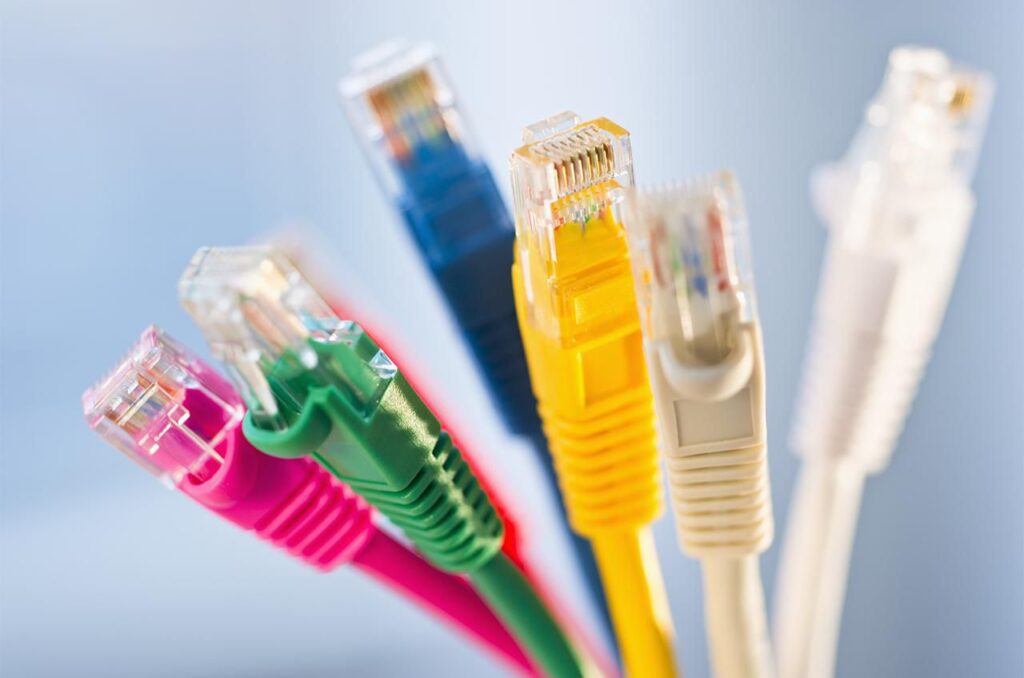
Straight-through and crossover Ethernet cables differ in their internal wiring pattern. Straight-through cables are used to connect devices like computers to switches or routers, while crossover cables are used to connect similar devices directly (e.g., PC to PC). Although crossover cables are rarely used today due to auto MDI-X capabilities in modern hardware, they were essential in earlier networking. These wiring variations are important for understanding basic network topologies.
10. Console (Rollover) Cables
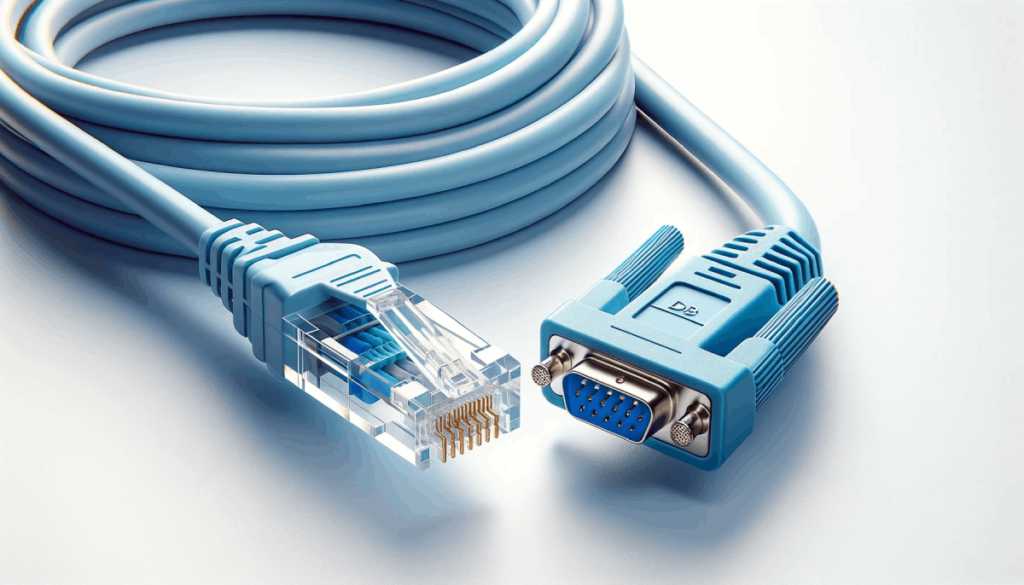
Console cables, also called rollover cables, are used to configure routers, switches, and other networking equipment through a serial interface. They are not used for data transfer but are essential for initial setup and troubleshooting. Often seen in enterprise environments, these cables connect a computer’s serial port to the console port of networking devices, enabling CLI (Command Line Interface) access for configuration.
11. DAC and AOC Cables
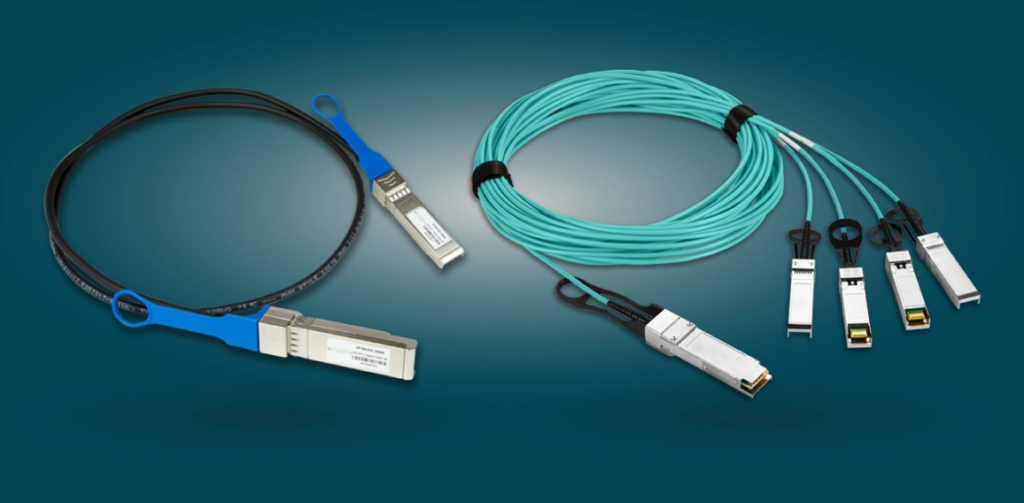
Direct Attach Copper (DAC) and Active Optical Cables (AOC) are high-speed cables used in data centers to connect servers and switches within short distances. DAC uses copper conductors, while AOC uses fiber. Both support data transfer rates of up to 100 Gbps and are often used for high-performance computing and storage networks. They are plug-and-play and cost-effective for short-range connections but unsuitable for long-distance links.
12. Patch Cables
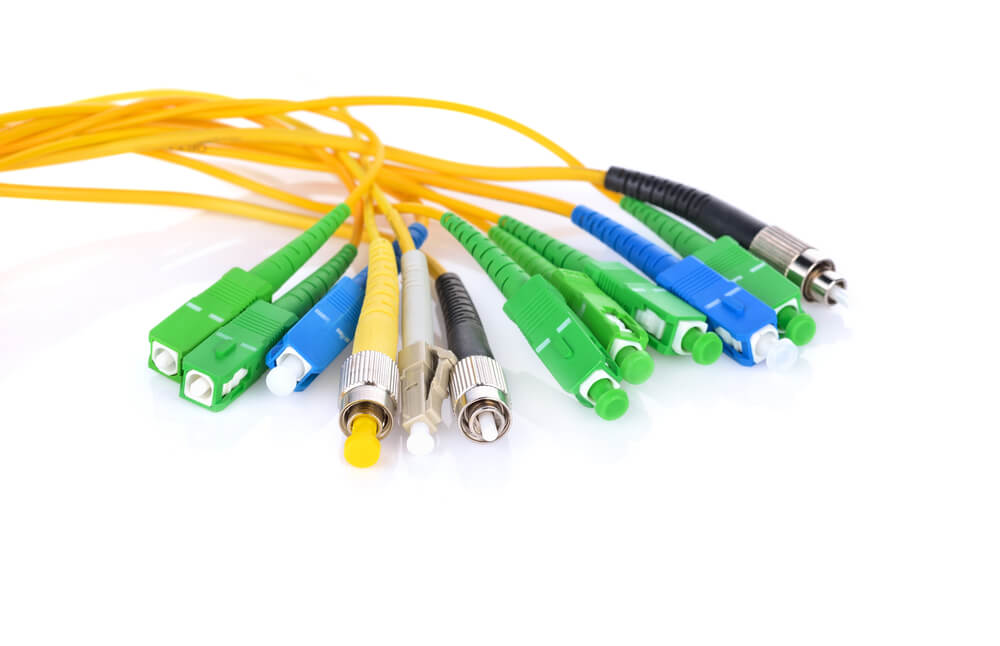
Patch cables are short-length Ethernet cables used for connecting devices in patch panels, racks, or network cabinets. They offer convenience and ease of maintenance in structured cabling systems. These cables are essential in network management, though not designed for long-distance transmission. Their color coding also helps in organizing and troubleshooting network connections.
13. Trunk Cables
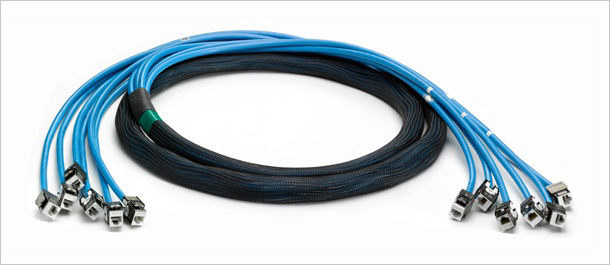
Trunk cables bundle multiple fiber or copper cables into a single sheath to handle high-capacity backbone connections, especially in enterprise or data center environments. They simplify cable management and improve airflow in dense setups. However, due to their complexity and cost, precise planning and skilled installation are required.
14. Ribbon Cables
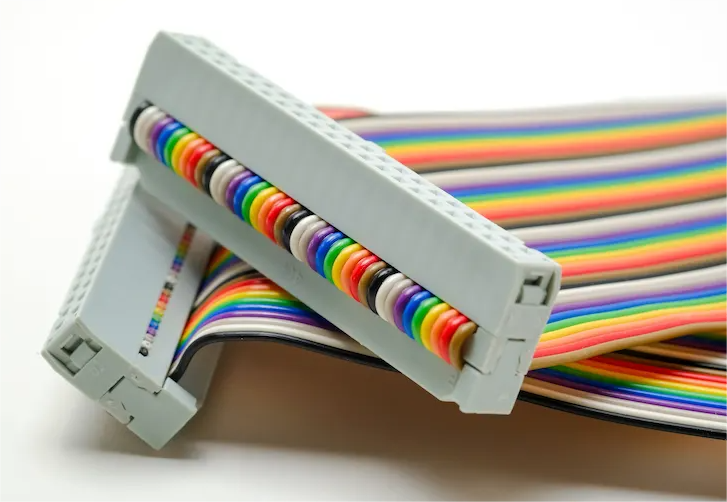
Ribbon cables are flat and flexible, consisting of multiple parallel conductors used mainly for internal connections in computers and routers. Though compact and useful for tight spaces, they have limited durability and slow data transmission speeds. They’re typically used for low-speed tasks like connecting hard drives or front panel buttons.
15. Hybrid and Composite Cables
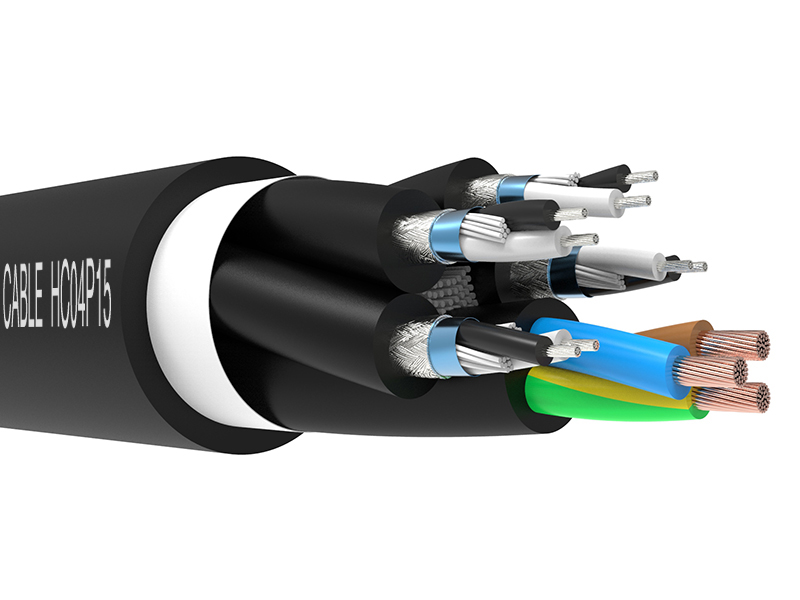
Hybrid cables combine different types of transmission media, such as fiber and copper, or power and data lines within a single cable. These are ideal for integrated solutions like smart buildings or surveillance systems. Composite cables are similar but typically refer to power and data combinations. While they reduce installation time and cost, they are more complex to maintain and replace if damaged.
Final Thoughts
Common Grounds Among Cables
Across the spectrum of networking cables, most rely on either copper or fiber optics as the core medium for data transmission. Regardless of the type, they all serve the essential purpose of connecting devices and enabling communication. With advancing technology, many cable types have evolved through various categories and standards, offering improved speed, efficiency, and resistance to interference.
Distinguishing Factors
Networking cables differ significantly in terms of structure, supported data capacity, distance limitations, use cases, and susceptibility to environmental interference. While some are designed for high-speed data centers and enterprise-grade infrastructure, others are tailored for residential setups or internal device communication. Cost, installation complexity, and application-specific requirements often determine which type is most suitable.
Wired vs. Wireless
Although wireless technologies like Wi-Fi and Bluetooth have become increasingly prevalent, especially in home and mobile environments, they cannot entirely replace the reliability and performance of wired connections. In high-performance environments such as data centers, ISPs, and enterprise networks, physical cabling remains indispensable for ensuring consistent speed, low latency, and secure data transmission.
Environmental Considerations
As sustainability becomes a greater concern, cable manufacturers are gradually adopting more eco-conscious practices. Low Smoke Zero Halogen (LSZH) jackets, recyclable copper materials, and efficient packaging contribute to reduced environmental impact. Nevertheless, many older cable types still contain non-biodegradable components, and proper disposal or recycling remains a challenge in reducing electronic waste.

